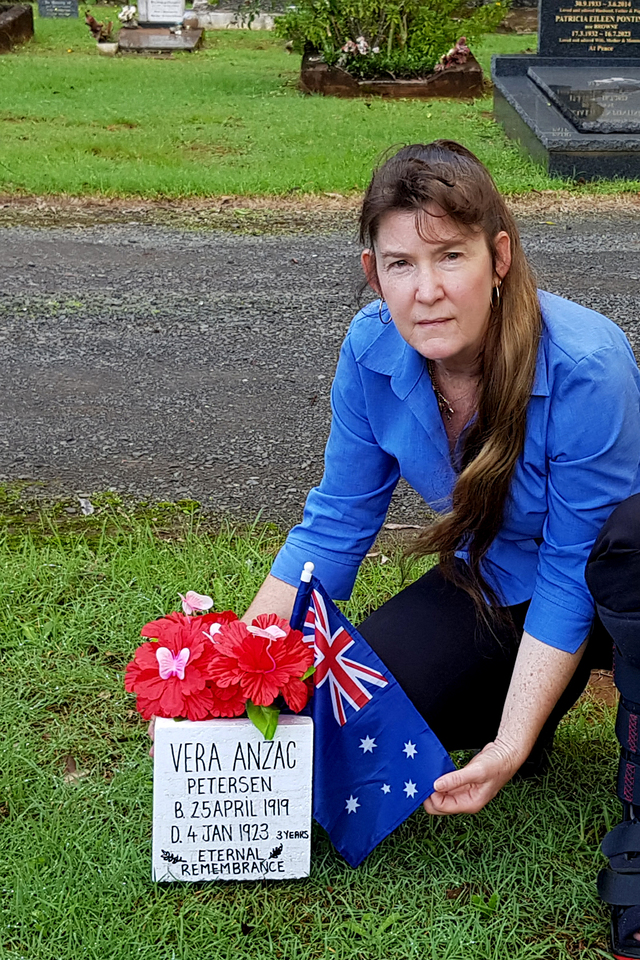This year we commemorate the 110th Anniversary of Australian and New Zealand Corps (ANZACs) that mark the first campaign which led to major casualties for Australian and New Zealand forces during the Great War.
In the first engagement of the war on 25 April 1915, a troop of 16,000 men formed part of the allied expedition were landed under fire on the shores of Gallipoli, Turkey.
Those troops that survived the bloody shores of the Dardanelles joined a greater number of troops to serve on the Western Front in Europe from 1916 to 1918. With a further devastating loss of life of some 46,000 Australians killed in action or died from other causes and more than 100,000 were wounded.
Research undertaken of interred veterans and service personnel at Pomona Cemetery last year by volunteer Tanya Easterby has revealed a connection of how the acronym Anzac was endeared at the time by a local Pomona couple expecting their fourth child in 1919.
News of the war ending on the Western Front and other battlefields on the 11 November 1918 was communicated globally and Australian troops were allotted transport back home throughout the following year.
Australian troops did not return to great victory parades at the end of the war. This was partly because their arrival home depended on available shipping, but also because of the influenza epidemic of 1919, which prevented people assembling in large numbers.
On Anzac Day 25 April 1919, parents Harvey Joachim Petersen and wife Annie Christina of Cedar Park, Pomona, welcomed the birth of their daughter, who they named Vera Anzac Petersen.
Vera’s older siblings, James Andrew Theodore Petersen, Harvey Allen Petersen, Doris Caroline Petersen (Hempsall) and Charles Harold Petersen and parents all survived Vera who passed away at the age of three years and eight months on 4 January 1923 and is interred at Pomona Cemetery.
Anzac Day traditionally referred to those who fought in the Great War, now represents all service personnel who serve Australia. A national day to remember, reflect and show gratitude to the many Australians who paid the ultimate sacrifice, those who returned home from overseas with the trauma of combat and loss of comrades, some either wounded, diseased or mentally shocked, and those who served on the home front all answered the call of this nation in its time of need.
Vera’s older brother James Andrew Theodore Petersen who enlisted at Pomona, during World War 2 was allotted as a signaller in the Militia, writing his previous occupation as a dairy farmer.
However, James was soon discharged and blocked from enlisting full time in the armed services to take up the Australian implemented ‘reserve occupation’ of essential industry (agriculture/dairying) to maintain the vital sectors of production on the home front which were critical to support the war effort.
A century later, volunteer Tanya Easterby located Vera Anzac Petersen in an unmarked grave and placed a vase to provide a visual token of remembrance and a space of reflection this year, in honour of Vera’s short life and to her parents who acknowledged the significance of remembering for eternity Anzac Day in their daughter’s namesake.







